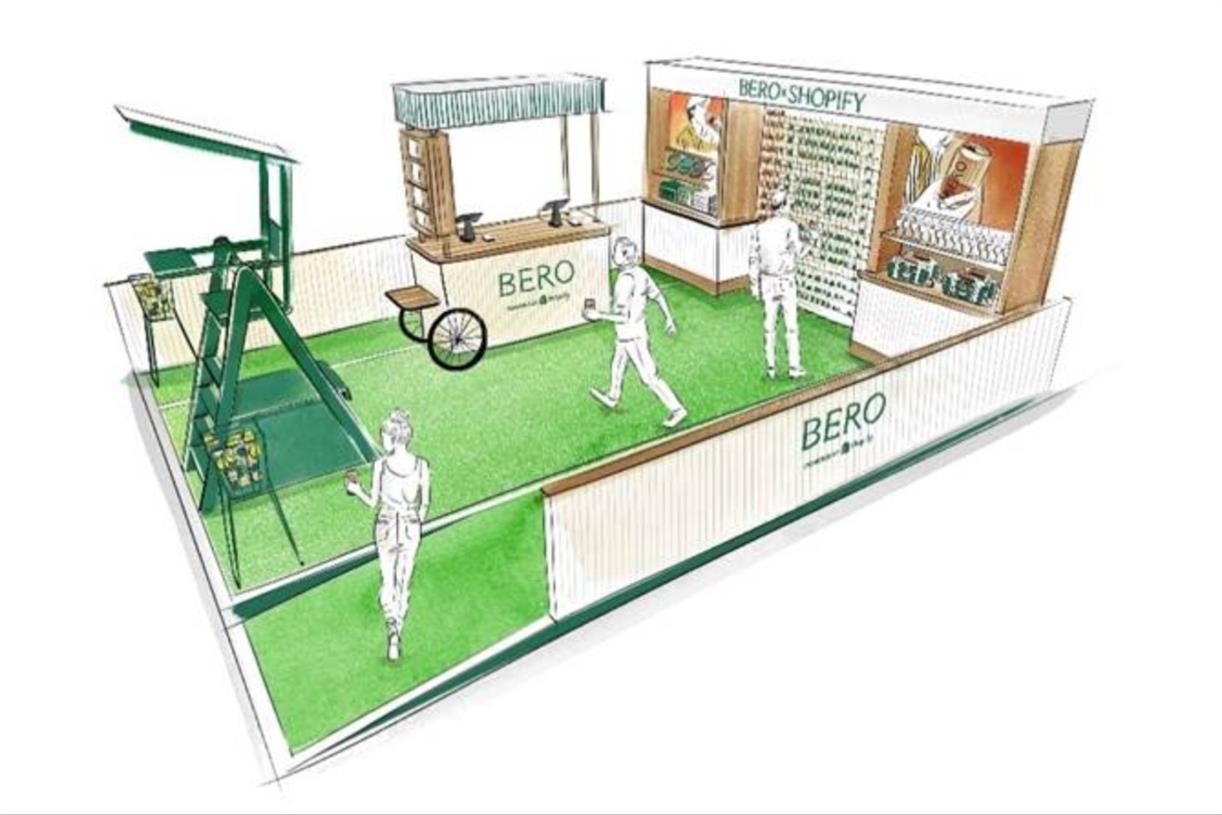3D-Printed Vegan Meat is Going to Conquer the Competition
If you were to have asked someone back in 2012, what market would have an estimated value of close to U.S. $8 billion in 2022? No one would have guessed that value would be placed on plant-based meat! But...

If you were to have asked someone back in 2012, what market would have an estimated value of close to U.S. $8 billion in 2022? No one would have guessed that value would be placed on plant-based meat! But according to Business Wire, the global plant-based meat market is today worth a whopping U.S. $7.9 billion and is projected to hit U.S. $15.7 billion by 2027.
Like any gold rush, there will be winners and losers in the struggle to provide products for a fast-increasing demand for plant-based meat products. You may have even given one of the various vegan meat options a try, and if so, there’s a good chance you found it decent, but not mouth-watering.
Why the Technology of 3D-Printed Vegan Meat is Going to Conquer the Competition!
There are new creations out there that are poised to shake up the entire industry. We’re talking about products that blend high-tech AI with a good deal of innovation and even a 3D printer. Companies have begun to print 3D vegan meat — and it’s wiping the floor with the competition.
What is Printed 3D Vegan Meat?
The simplest way to explain it is that this high-tech 3D-printed meat actually tastes like meat. Many companies have made claims about their soy or bean-based concoction that — when tested by the public — fail to live up to the hype.
There are some very decent meat substitutes currently available. But it’s highly unlikely a carnivore would mistake one of those products for animal protein. And it would be rare for a dedicated meat eater to order a vegan substitute simply because it tastes really good. But change is coming — fast.
There’s something about animal meat that makes it special. It has a unique texture and “mouthfeel,” things that many assumed were impossible to genuinely recreate in vegan form.
They were wrong.
With 3D printing, various textures can be layered into different places of, say, a vegan beef steak. You can have a little plant-based fat in one part, while another can be tougher or more sinewy, like “real” meat. The layered textures are part of the genius of 3D-meat.
 Using the 3D-Printed Method. Image Credit: Marcia Salido; Pexels; Thank you!
Using the 3D-Printed Method. Image Credit: Marcia Salido; Pexels; Thank you!Don’t be surprised to see 3D-printed meat on store shelves over the next year as startups creating it is ramping up production and getting ready for their moment in the sun. And the timing couldn’t be better. As we noted at the start of the article, over the next five years, the market for plant-based meat is set to explode.
Especially in Europe, which is the largest region where vegan trends are growing at rates that can fairly be described as exponential. And while there is a growing vegan and flexitarian movement worldwide spurred by growing awareness of health. Regarding the environment and animal welfare, Europe has a head start and a relatively affluent population.
Consumption of Plant-Based Meat
The rest of the world is catching up, however – with even governments now getting into the game by offering incentives to meat and dairy alternative manufacturers. Plus, major food producers are investing serious funding into plant-based meat and dairy substitutes (even in meat-loving Asia!), as they can see the handwriting on the wall, so to speak.
It’s admittedly a little hard to imagine right now, but the possibility exists that in 2027 North America could take the crown as this new technology finally makes faux meat fabulous…and meaty.
Using AI algorithms and teams of tasters and even butchers and chefs, startups printing 3D meat have unlocked the secret to winning formula. These high-tech vegan meat products look, smell, taste, and even ‘cook’ like animal meats.
It’s all rather astonishing. And, when one considers that AI is by definition, always learning to get better. It’s staggering to think what might be available a year or two down the road, not to mention a decade.
Effects After Covid-19
Just before Covid-19 hit the world (and made a lot of people start thinking about what they eat and how to eat healthier), there was a flurry of interest in vegan alternatives, but in recent months we’ve seen some pushback, with headlines asking if vegan meat has “already peaked.”
The answer is yes and no. Yes, in that “old-school” meat alternatives have hit a wall despite being available at major fast-food chains and in nations. In places not known as vegan meccas, people have tried various versions of ‘fake meat,” and the verdict has been “meh.”
 Using 3D-Printed Meat Alternative
Using 3D-Printed Meat AlternativeBut the answer to “Has Vegan Meat Already Peaked?” is a huge “NO!” Especially if we’re talking about the high-tech vegan 3D-printed kebabs, ground beef, and even steak that’s been making the rounds in the news and getting stellar reviews from avowed meat lovers and even celebrity chefs.
The venture capitalists betting on this “new meat” will be vindicated, and those who were too shortsighted to spot a trend will wish they’d gotten in early on this cash-cow (excuse the pun).
To use an analogy, what if people had based their judgments on the future of the electric vehicle industry after taking a ride on an electric-assisted bicycle? Such bikes are ‘nice’ but hardly revolutionary, and they certainly don’t represent the high-tech parts of the e-transportation sector.
Made after half a decade of research and backed with massive infusions of investor cash, 3D printed meat. An entirely new species is on its way to eliminating the competition, as it actually tastes like meat. Something others have promised but failed to deliver.
Featured Image Credit: Vidal Balielo Jr.; Pexels; Thank you!
Ahsan Raza
I am Cofounder of newsawares and dottrusty that are news tending website's. I am also works with SaaS, Fintech and established E-commerce companies to help create and execute a content marketing strategy built around your goals.

 Koichiko
Koichiko 































